Can You See Chlamydia Under Microscope ?
Yes, Chlamydia can be seen under a microscope.
1、 Chlamydia trachomatis morphology and structure under the microscope
Yes, Chlamydia trachomatis, the bacterium responsible for causing chlamydia, can be seen under a microscope. However, due to its small size and intracellular nature, special staining techniques are required to visualize it effectively.
Chlamydia trachomatis is an obligate intracellular bacterium, meaning it can only survive and replicate within host cells. It has a unique developmental cycle, alternating between two forms: the elementary body (EB) and the reticulate body (RB). The EB is the infectious form, while the RB is the replicative form. These forms can be observed under a microscope using various staining methods.
One commonly used staining technique is the Giemsa stain, which allows for the visualization of both the EB and RB forms. The Giemsa stain imparts a pink color to the EBs and a blue color to the RBs, making them distinguishable from host cells. Another staining method is the immunofluorescence assay (IFA), which uses fluorescently labeled antibodies to specifically bind to Chlamydia antigens, enabling their visualization under a fluorescence microscope.
It is important to note that while microscopy can aid in the diagnosis of chlamydia, it is not the only method used. Nucleic acid amplification tests (NAATs) are the gold standard for chlamydia diagnosis as they offer higher sensitivity and specificity compared to microscopy. NAATs detect the genetic material of Chlamydia trachomatis, providing a more accurate diagnosis.
In conclusion, Chlamydia trachomatis can be seen under a microscope using specialized staining techniques. However, microscopy alone may not be sufficient for diagnosis, and molecular tests like NAATs are typically used for accurate detection of chlamydia infections.
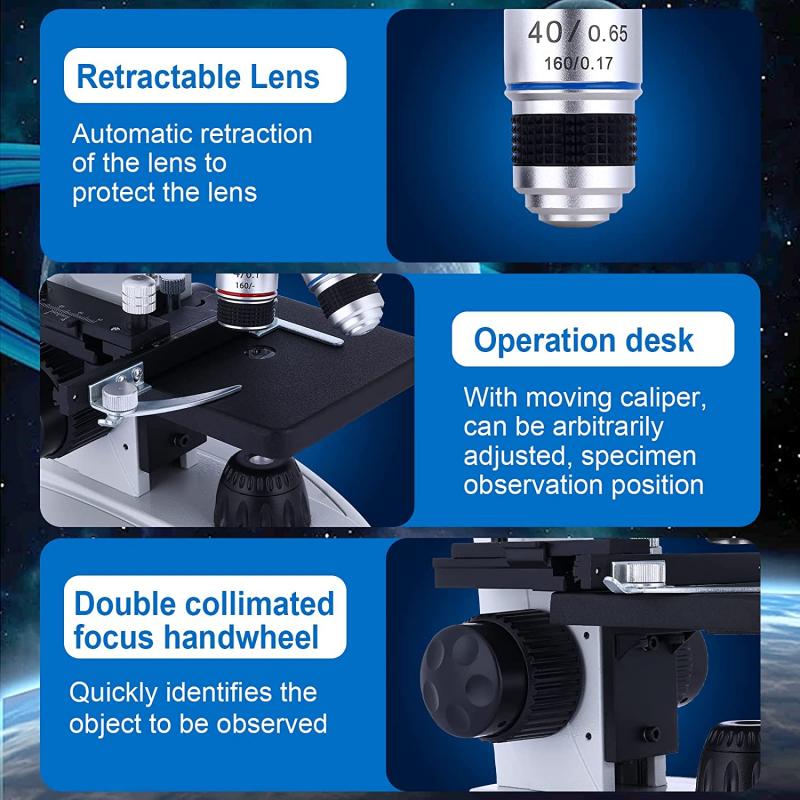
2、 Identifying Chlamydia trachomatis using microscopic techniques
Yes, Chlamydia trachomatis can be identified using microscopic techniques. Chlamydia trachomatis is a bacterium that causes the sexually transmitted infection known as chlamydia. It is a small, obligate intracellular pathogen that primarily infects the epithelial cells of the urogenital tract.
Microscopic techniques such as the use of Gram staining, immunofluorescence, and nucleic acid amplification tests (NAATs) can be employed to detect and identify Chlamydia trachomatis. Gram staining is a common technique used in microbiology to differentiate bacteria based on their cell wall composition. However, Chlamydia trachomatis is an intracellular bacterium and does not retain the stain, making it difficult to visualize using this method.
Immunofluorescence is a more specific technique that utilizes fluorescently labeled antibodies to bind to specific antigens on the surface of Chlamydia trachomatis. This allows for the visualization of the bacterium under a fluorescence microscope. Immunofluorescence can provide rapid and accurate results, making it a commonly used method for diagnosing chlamydia.
Nucleic acid amplification tests (NAATs) are highly sensitive and specific techniques that detect the genetic material of Chlamydia trachomatis. These tests can detect even small amounts of the bacterium's DNA or RNA in clinical samples, such as urine or swabs from the urogenital tract. NAATs are considered the gold standard for chlamydia diagnosis due to their high accuracy.
It is important to note that while microscopic techniques can identify Chlamydia trachomatis, they require trained personnel and specialized equipment. Additionally, these techniques may not be readily available in all healthcare settings. Therefore, it is recommended to consult a healthcare professional for proper diagnosis and treatment of chlamydia.
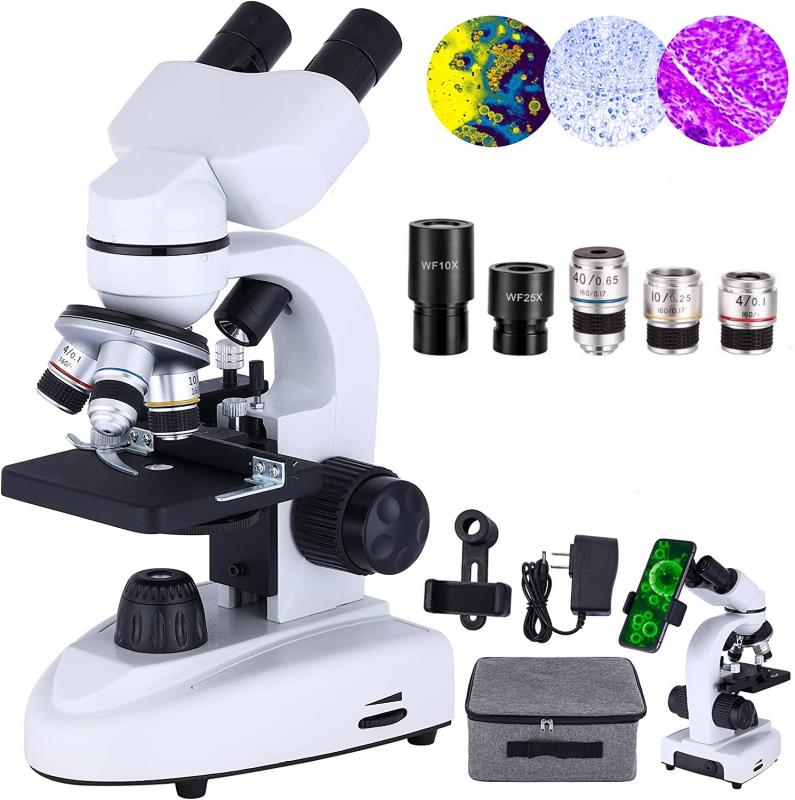
3、 Microscopic examination of Chlamydia trachomatis in clinical samples
Microscopic examination of Chlamydia trachomatis in clinical samples is a well-established method for diagnosing chlamydia infections. Chlamydia trachomatis is an intracellular bacterium that infects the genital tract, causing sexually transmitted infections. It cannot be seen with a regular light microscope, as it is too small. However, it can be visualized using specialized techniques such as immunofluorescence staining or nucleic acid amplification tests (NAATs).
Immunofluorescence staining involves using specific antibodies that bind to Chlamydia trachomatis antigens. These antibodies are labeled with a fluorescent dye, which allows for the visualization of the bacteria under a fluorescence microscope. This technique has been widely used in clinical laboratories for the detection of chlamydia infections.
NAATs, on the other hand, detect the genetic material (DNA or RNA) of Chlamydia trachomatis. These tests use polymerase chain reaction (PCR) or other amplification methods to amplify the target DNA or RNA, making it detectable. The amplified genetic material can then be visualized using various techniques, including gel electrophoresis or real-time PCR.
It is important to note that microscopic examination alone may not be sufficient for a definitive diagnosis of chlamydia infection. Culture-based methods or molecular tests are often used in conjunction with microscopic examination to confirm the presence of Chlamydia trachomatis.
In recent years, there have been advancements in molecular diagnostic techniques, such as the development of rapid NAATs, which have improved the sensitivity and specificity of chlamydia detection. These tests can detect even low levels of Chlamydia trachomatis DNA or RNA, providing a more accurate diagnosis.
In conclusion, while Chlamydia trachomatis cannot be seen under a regular light microscope, it can be visualized using specialized techniques such as immunofluorescence staining or NAATs. These methods have been widely used in clinical laboratories for the diagnosis of chlamydia infections, and recent advancements in molecular diagnostics have further improved their accuracy and sensitivity.
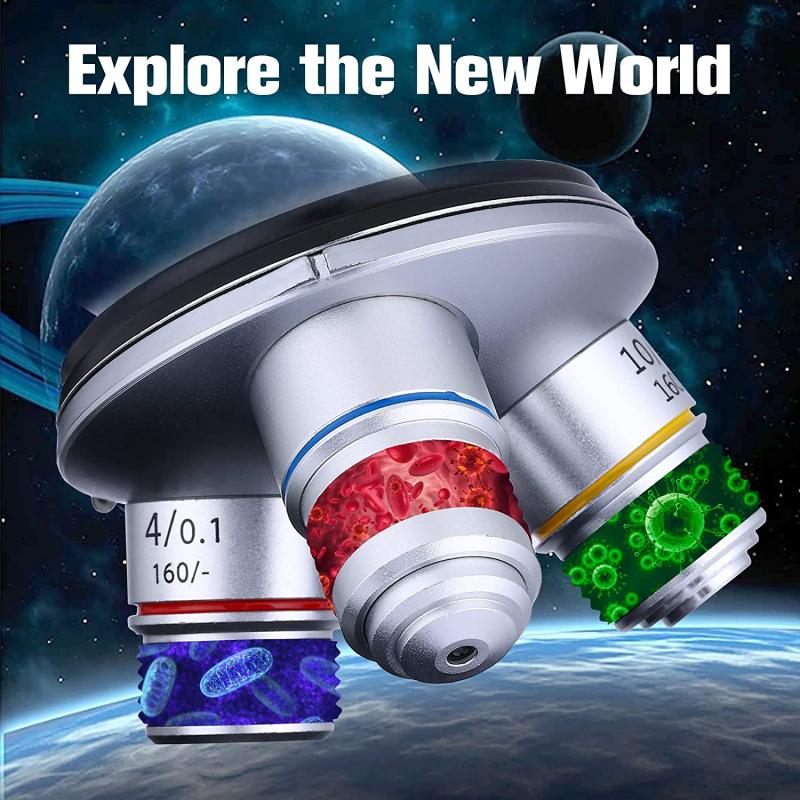
4、 Visualizing Chlamydia trachomatis elementary bodies and reticulate bodies
Yes, Chlamydia trachomatis, the bacterium responsible for causing chlamydia, can be visualized under a microscope. However, it is important to note that Chlamydia trachomatis exists in two distinct forms during its life cycle: elementary bodies (EBs) and reticulate bodies (RBs).
Elementary bodies are the infectious form of the bacterium and are small, round, and non-replicating. They are able to survive outside of host cells and are responsible for initiating infection. When a person becomes infected with chlamydia, the elementary bodies enter the host cells and transform into reticulate bodies.
Reticulate bodies are larger and more metabolically active than elementary bodies. They replicate within the host cells and are responsible for the growth and spread of the infection. Reticulate bodies can be visualized under a microscope within infected cells using various staining techniques.
To visualize Chlamydia trachomatis, samples are typically collected from the infected site, such as the cervix, urethra, or rectum. These samples can be stained using specific dyes, such as the Giemsa stain or immunofluorescence staining, which target the bacterial structures and make them visible under a microscope.
It is worth mentioning that the visualization of Chlamydia trachomatis under a microscope is primarily performed in laboratory settings by trained professionals. Microscopy techniques have been widely used for the diagnosis of chlamydia infections, but newer molecular methods, such as nucleic acid amplification tests (NAATs), have become more common due to their higher sensitivity and specificity.
In conclusion, Chlamydia trachomatis can be visualized under a microscope by staining infected cells. However, it is important to note that newer diagnostic methods, such as NAATs, are now the preferred choice for detecting chlamydia infections due to their improved accuracy.

















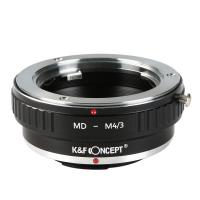








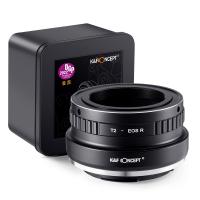


There are no comments for this blog.